In Focus: The life and times of Mouse Macpherson, a truly extraordinary wildlife artist
Mouse Macpherson kept an eclectic menagerie of pets and wild animals and signed everything, from paintings to cheques, with a tiny mouse. Claire Jackson revisits the all-too-short life of a unique wildlife artist.
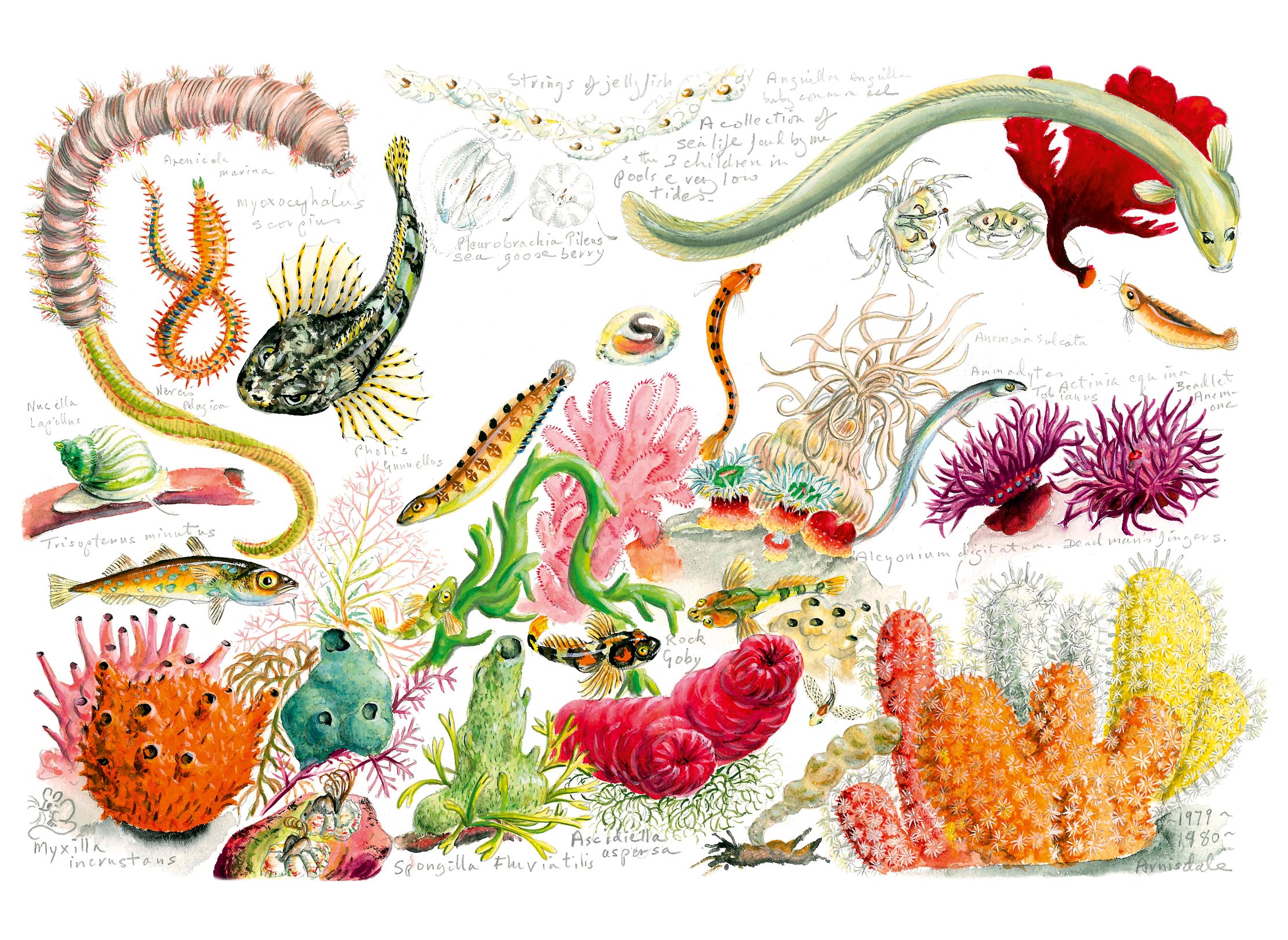

A pregnant labrador waddles past the picture windows and settles in a shady spot on the lawn. A tree buzzes; Louie Warburton-Lee takes a look. ‘They’re not my bees,’ she observes, gently guiding me towards a beautiful office space across the courtyard. A loyal cocker spaniel follows, keen not to miss anything.
Laid out on the awaiting table are piles of sketchbooks containing studies of fungi, wildflowers, plants, fish, shells and all sorts of wonders from the natural world. The paintings feature a bold, yet strictly observational palette and are packed with detail. Many could almost be scientific drawings, although not many botanical illustrators would sign their work with a tiny mouse — the signature of wildlife artist Mouse Macpherson (1940–86). Her daughter, Mrs Warburton-Lee, has begun making many of Macpherson’s original pieces available as prints and charming cards through the newly launched project Wildlife By Mouse.
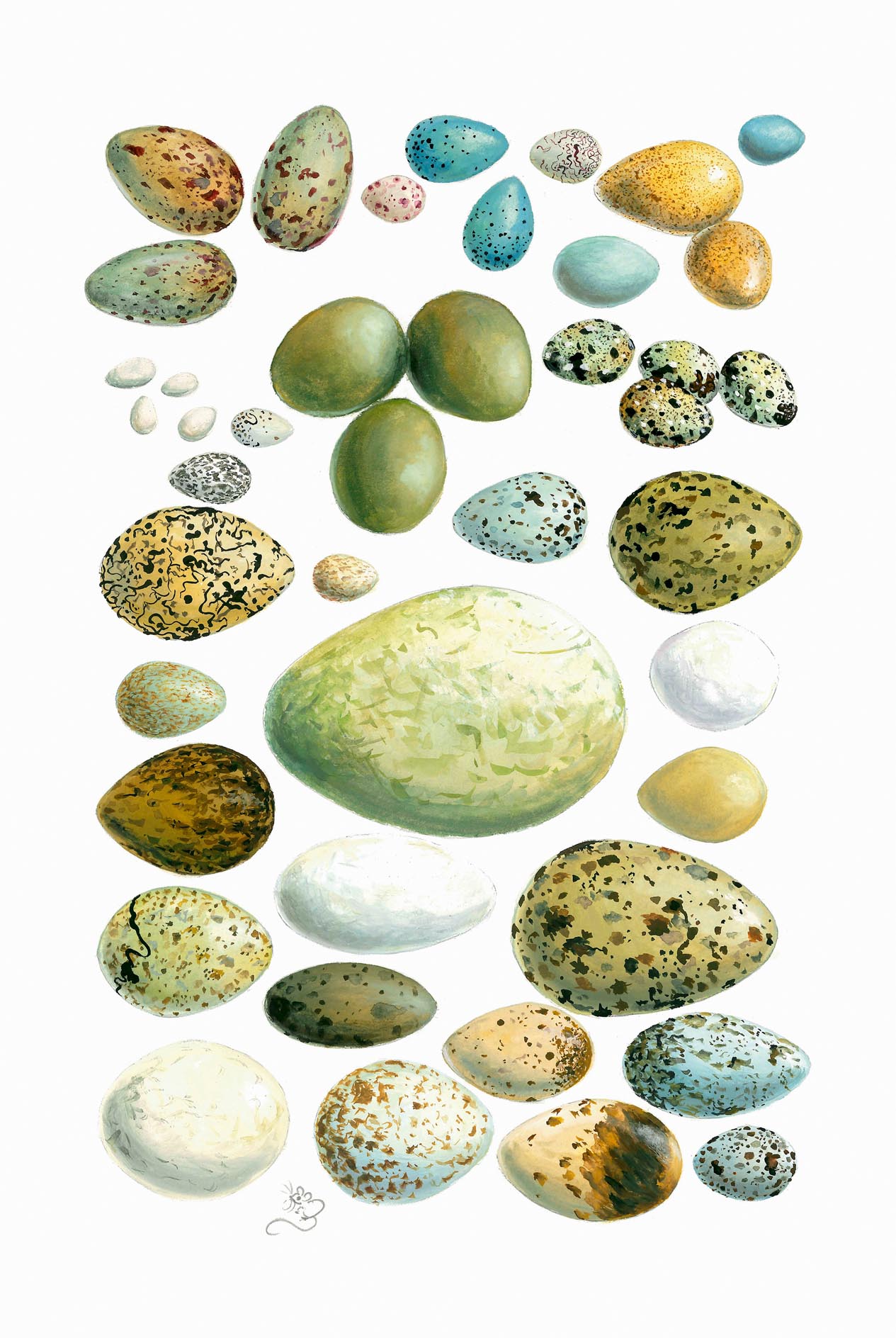
Macpherson liked to be surrounded by her subject matter: as well as her beloved ponies (Man and Woman), Mrs Warburton-Lee remembers growing up with an eclectic menagerie of pets and recuperating wild animals. ‘There were two red squirrels called Alice and Solomon that used to run up and down the curtains and we often had owls and kestrels — people would bring them to us after finding them by the side of the road,’ she recalls. ‘We had a peregrine that had hit a high-voltage wire and sliced off its wing.’
Her mother — referred to as ‘Mouse’ hereafter — fed the ailing avians mince and egg-yolk and made them splints from lolly sticks. Photographs show kestrels in various states of repair perched on Macpherson relatives’ shoulders. The birds were kept in the stable, but often came into the house; Mrs Warburton-Lee shows me the family dresser that several of the owls used as a roost.
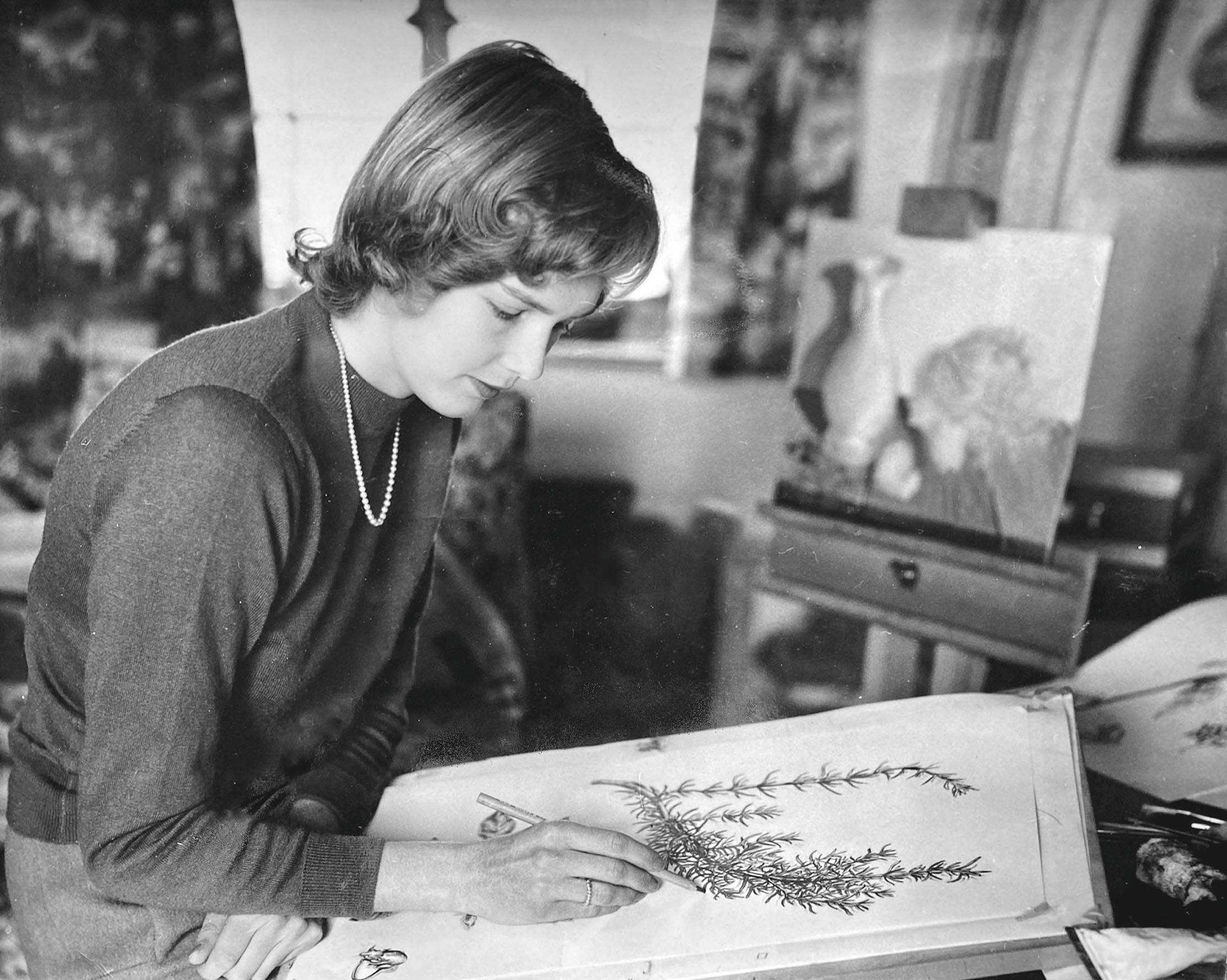
These creatures formed the inspiration for much of Mouse’s work. Mrs Warburton-Lee and her siblings were regularly dispatched to the local meadows and woodlands to find treasures for their mother to paint. She remembers that walks were spent looking sky wards for birds and butterflies, as they simultaneously searched hedgerows for interesting plants. Entire sketchbooks are devoted to fish; these were caught when the family holidayed in Loch Hourn, Scotland — a location that fascinated Mouse and is judiciously documented through her drawings.
Born in 1940, Mouse grew up on her parents’ asparagus farm in Suffolk. After an unhappy stint at boarding school, she was home-schooled by a tutor who taught her the essentials: Latin and how to smoke a pipe. ‘Despite her dyslexia, she became an avid reader,’ says Mrs Warburton-Lee. Christened Deirdre Anne, Mouse initially adopted the name Mary, but began using her nickname, Mouse. Her signature, whether on paintings, letters or her cheque book, was always a mouse. (Look closely at the fish pictures and you’ll see that some, such as the cuckoo wrasse, feature a mouse with webbed feet.)

In 1957, Mouse had an oil painting of teasels and berries selected to hang in the Royal Academy’s (RA) Summer Exhibition. Humphrey Brooke, the then secretary of the RA, is reported to have said: ‘The first we knew about the artist’s age was when her instructor wrote to ask for an extra ticket for the private view.’
Sign up for the Country Life Newsletter
Exquisite houses, the beauty of Nature, and how to get the most from your life, straight to your inbox.
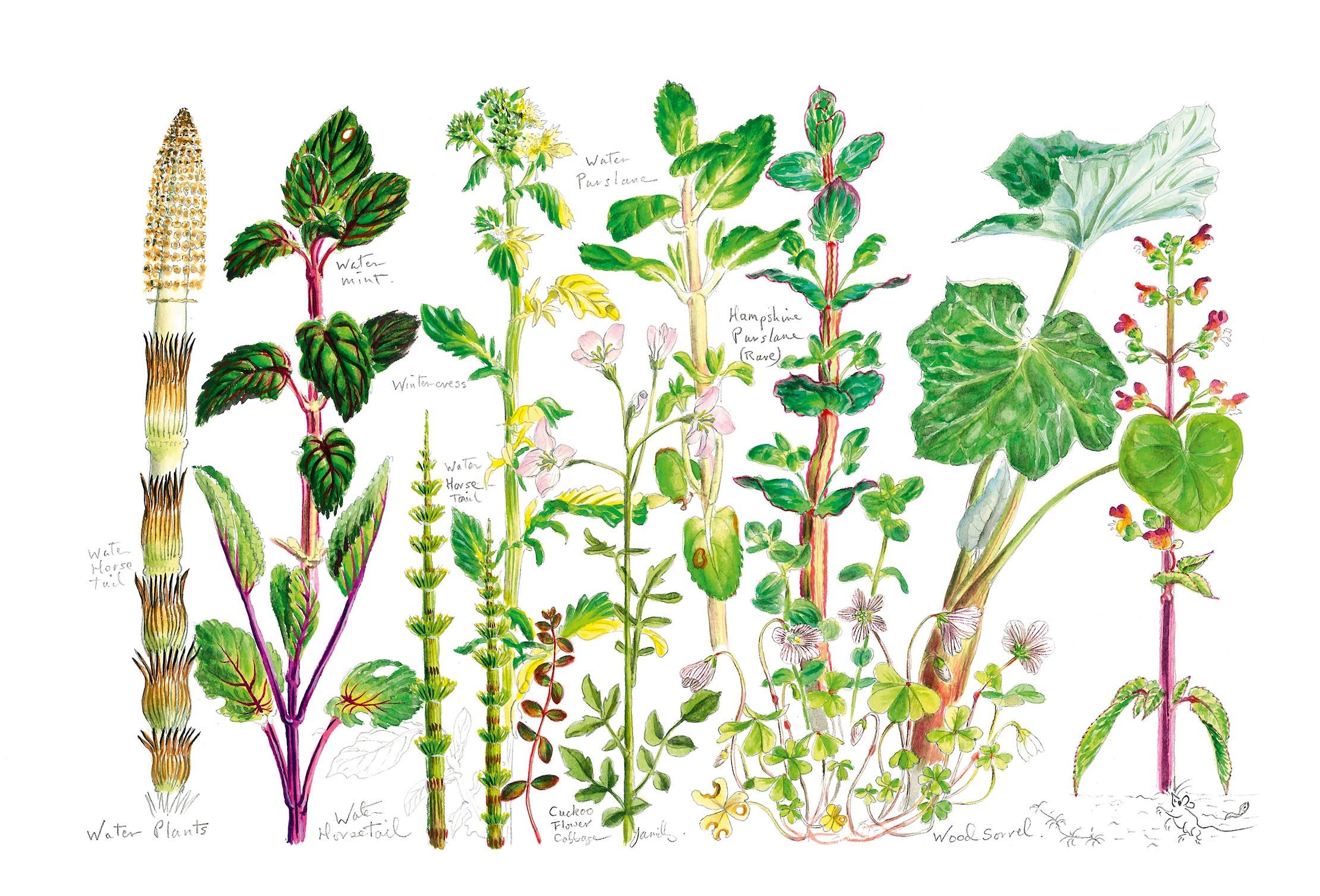
That instructor was twice-Mayor of Eye Cavendish Morton, who was a debonair well known in the art world. In an article for an edition of Modern Woman in the same year (Princess Margaret was cover girl), Morton praised Mouse’s ‘freshness of statement’. At about the same time, Mouse’s work was exhibited at a show organised by Morton, alongside Alfred Munnings. A photograph shows the teenage girl at an easel, wearing black trousers with a shirt emblazoned with skiers whizzing down the sleeve and oversized golfing socks.
The young artist married Tim Macpherson, a 2nd Lieutenant in the Argyll and Sutherland Highlanders, when she was 19; the couple was sent to Germany shortly after. ‘She took her paints with her and she used to paint scenes of Highlanders with kilts flying for the mess parties,’ says her daughter. Eventually, the family settled in Walcot, Lincolnshire, where Mrs Warburton-Lee describes an idyllic childhood roaming the village and visiting a lady who had a pet fox.
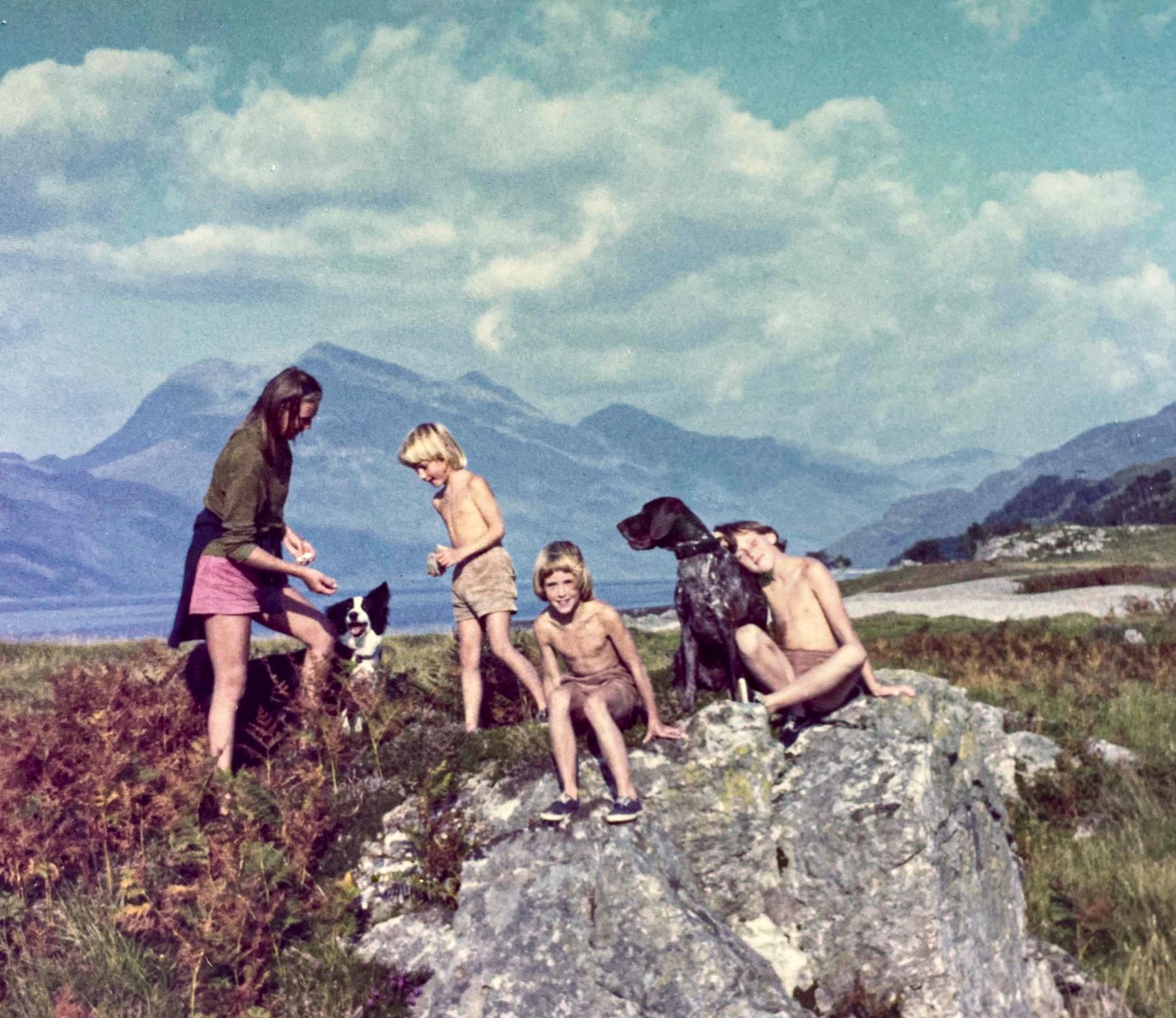
Mouse began taking on more commissions, from Christmas card designs for the local hunt to seed-packet illustrations for Boston Seeds. She honed her own personal style, perfecting her observational skills and adding more exotic plants as she travelled with her husband, now a senior figure in a brewing company.
‘Whenever she couldn’t spell a word, she drew it,’ smiles Mrs Warburton-Lee, showing me a red hard-backed diary packed with words and little line drawings: a pancake for Shrove Tuesday; a picture of her father shooting ducks.

By the 1980s, Mouse was an artist in demand, with two years’ worth of commissions booked in advance. Sadly, a devastating tragedy was to cut her life and that of two other family members all too short. Her husband had fallen off a horse and shattered his arm; Mouse, who had been visiting her daughter, then based in Africa, was recovering from malaria. When business took him to Sri Lanka, Tim decided to book a holiday for himself, his wife and their daughter Iona at a new nearby holiday hotspot: the Maldives.
‘Naturally, they were looking forward to this trip — they’d emptied out some shampoo bottles and filled them with whisky because the islands didn’t sell alcohol at that point,’ recounts Mrs Warburton-Lee. The family never made it to the Maldives. The Tamil Tigers had planted a bomb on the transfer plane from Sri Lanka. The Macphersons were among 22 who died; the survivors were subjected to terrible, life-changing injuries.
From her careful capture of the iridescent scales on a mackerel to the speckles on a blue moorhen egg, Mouse’s legacy lives on through her charismatic artwork.
Wildlife By Mouse — 07786 387324; www.wildlifebymouse.com
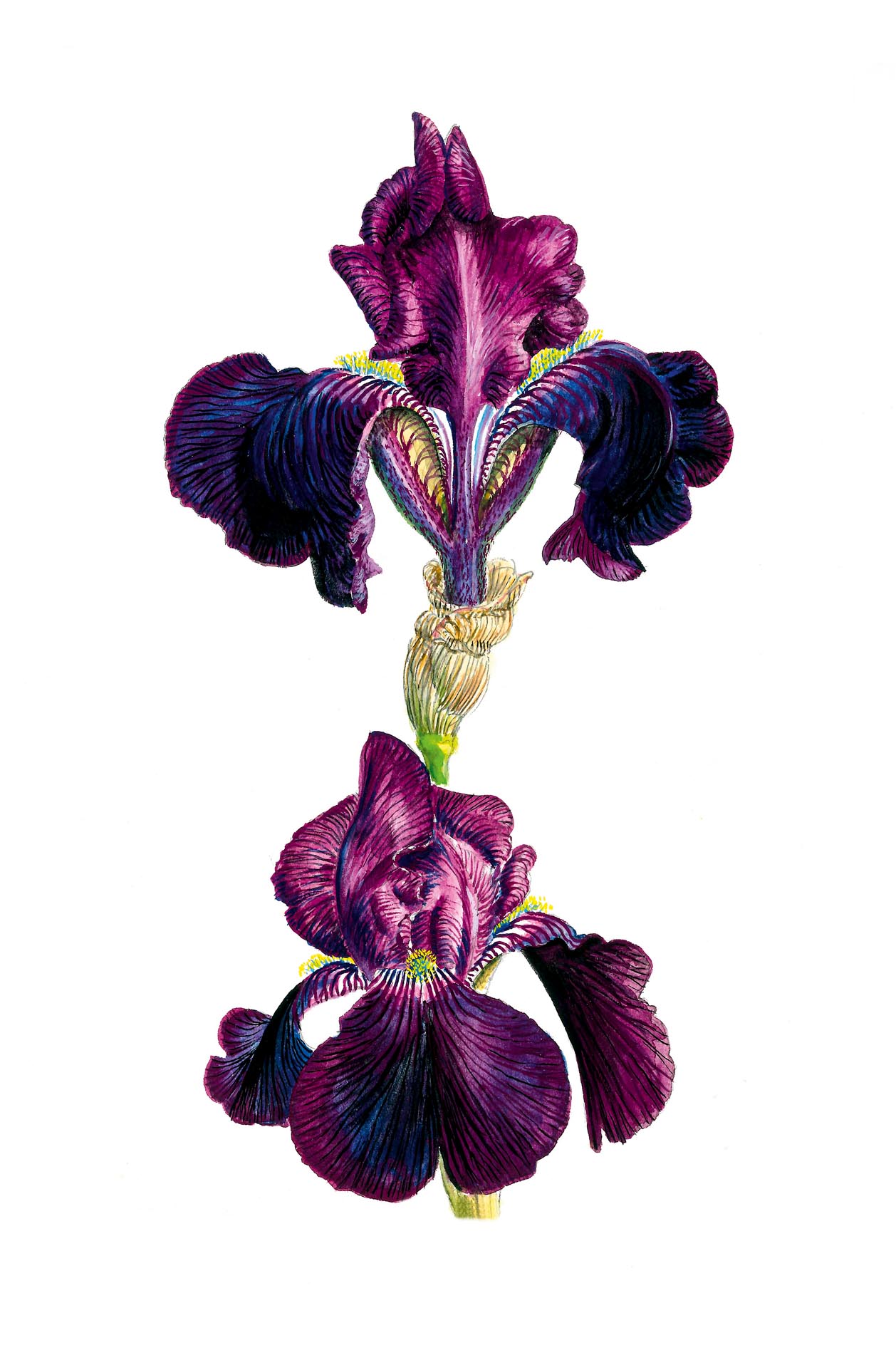
Country Life is unlike any other magazine: the only glossy weekly on the newsstand and the only magazine that has been guest-edited by HRH The King not once, but twice. It is a celebration of modern rural life and all its diverse joys and pleasures — that was first published in Queen Victoria's Diamond Jubilee year. Our eclectic mixture of witty and informative content — from the most up-to-date property news and commentary and a coveted glimpse inside some of the UK's best houses and gardens, to gardening, the arts and interior design, written by experts in their field — still cannot be found in print or online, anywhere else.
-
 A mini estate in Kent that's so lovely it once featured in Simon Schama's 'History of Britain'
A mini estate in Kent that's so lovely it once featured in Simon Schama's 'History of Britain'The Paper Mill estate is a picture-postcard in the Garden of England.
By Penny Churchill
-
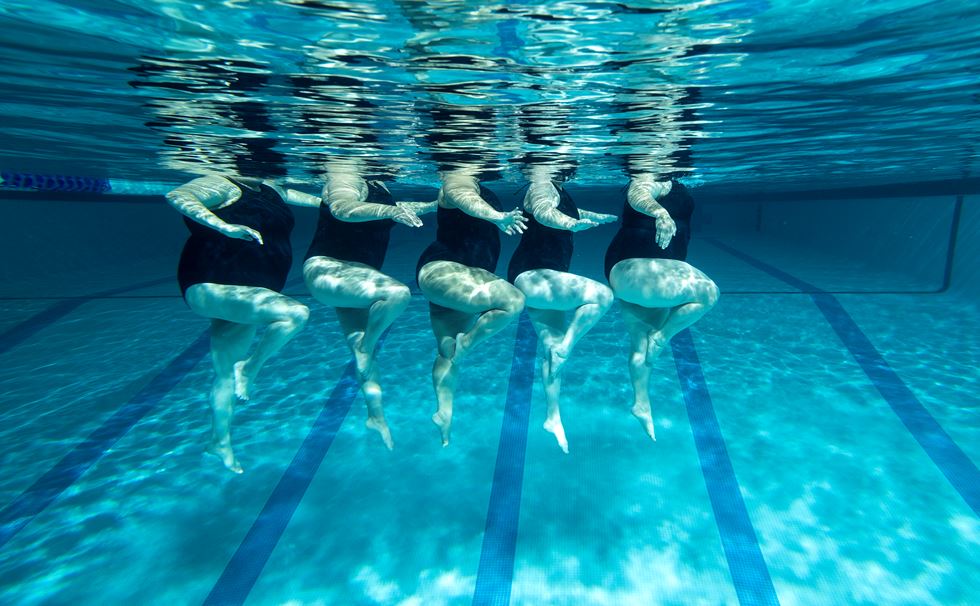 Splash! A Century of Swimming and Style: A whistle-stop history, from the Roman Baths to Hampstead Heath
Splash! A Century of Swimming and Style: A whistle-stop history, from the Roman Baths to Hampstead HeathEmma Hughes dives into swimming's hidden depths at the Design Museum's exhibit in London.
By Emma Hughes